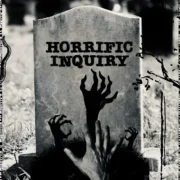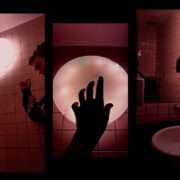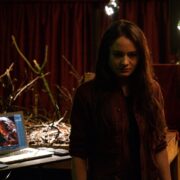MARY AND THE WITCH’S FLOWER: The Magic Of Ghibli Lives On In The First Studio Ponoc Feature
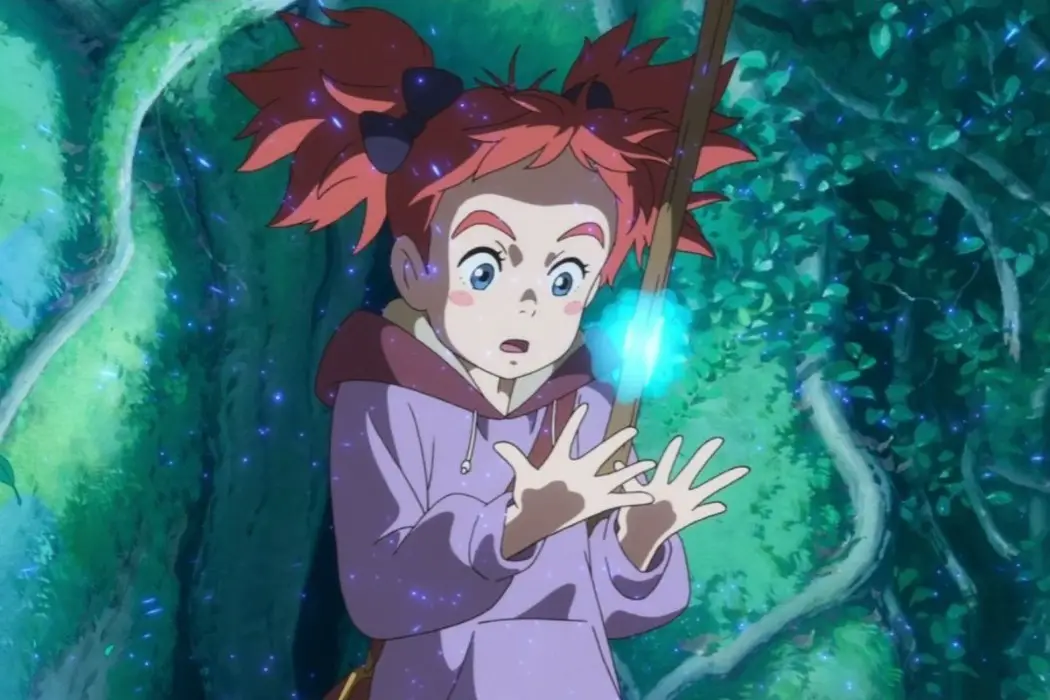
Alistair is a 25 year old writer based in Cambridge.…
In 2014, lovers of animation across the world were shocked to learn that not only was legendary animator Hayao Miyazaki planning to retire, but that the studio he co-founded was ceasing production with no plans for any future films. Like Miyazaki’s earlier plan to retire after Princess Mononoke back in 1997, this thankfully proved to be short lived – he has another film in production, ready to be released in Japan prior to 2020’s Tokyo Olympics.
And for those who don’t want to wait another two years for the return of Studio Ghibli, there’s no need to worry about that either, as shortly after the studio paused all future projects, producer Yoshiaki Nishimura founded Studio Ponoc, with the aim of picking up where Ghibli had just left off.
Studio Ponoc: Every Bit as Magical as Ghibli at their Best
Hiromasa Yonebayashi, director of Ghibli’s later efforts The Secret World of Arriety and When Marnie Was There, takes the reigns for the first Studio Ponoc effort – and has maintained everything that makes Ghibli animations so special in the first place. He doesn’t try to forge a singular identity for the new studio that makes it stand separate from the animation goliath that predates it.
Instead, he shows how closely he’s studied the masterpieces of Miyazaki and Isao Takahata to create a magical fairytale that’s incredibly worthy of standing alongside the masterworks of either of those legendary animators. Mary and the Witch’s Flower only differs from the works of those masters due to its fairytale simplicity, and lack of deeper themes beyond what we see on the surface. But that doesn’t do anything to dilute its earnest, heartfelt power.
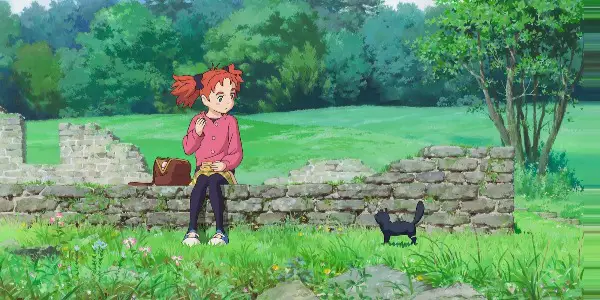
Based on British novelist Mary Stewart’s 1971 children’s novel The Little Broomstick, Yonebayashi’s film follows Mary (Hana Sugisaki), a young girl who moves to her great aunt’s country estate and finds herself very quickly bored. One day, she follows two cats deep into the surrounding forest where she discovers a broomstick and some mysterious flowers – next thing she knows, she’s flying with one of the cats over to a wizardry school hidden within the clouds.
The school’s headmistress Madame Mumblechook (Yūki Amami) naturally mistakes her for a new pupil, but the surprising thing is that Mary accidentally proves herself to be a more than capable witch. Preparing to enroll in the school, the headmistress soon discovers she’s been lying using the magical flowers – flowers that she’s been desperately trying to get her hands on for decades. Mary escapes, but Madame Mumblechook decides to kidnap her friend Peter (Ryunosuke Kamiki) to make sure she comes back to give her what she wants.
One of the major lessons Yonebayashi learned from Miyazaki was to spend time in the country where your film is set, rather than looking at photographs. This is a lesson every animator should pay close attention to, as visually, Mary and the Witch’s Flower captures a quaint timelessness, depicting the British countryside with enough mysterious majesty for the fantastical narrative to work, but with enough realism to also pay effective tribute to the country’s beautiful scenery.
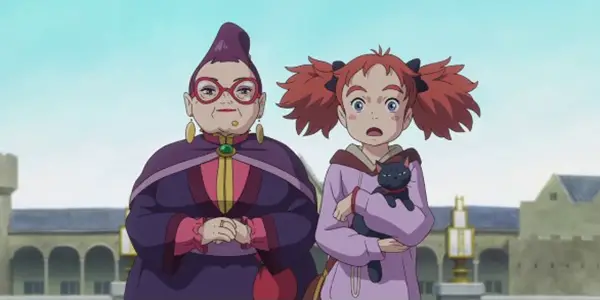
We’re living in an age of animation where CGI has become the dominant force – and the hand drawn animation here proves that no photo realistic imagery created on the computer will ever be a match for the enchanting wonder of traditional animation.
A Japanese Portrayal of English Culture
As for the storytelling, the joy here comes from its sheer simplicity, refusing to build a world larger than the narrative requires and therefore not allowing itself to get over complicated in building its own mythology. Yonebayashi seems to be aware that, despite his film being an earnestly told fairytale based on pre-existing source material, it will naturally be compared to Harry Potter and the other young adult novels that dealt with wizardry in J.K Rowing’s wake.
In a montage of the different classrooms, we see a pupil drawn to look exactly like Rowling’s titular hero trying (and failing) to mount a broomstick – a visual gag that quickly addresses the comparisons audiences are likely making in their heads, before swiftly moving on.
It should be noted that it’s faintly surreal to see a film set in England, where the characters all have English names, yet speak Japanese. There is an English language voice dub in existence, yet I doubt it would have the same power as when presented in the film’s mother tongue. The reason I’m mentioning this is because, despite the story taking place in the Western world and following white characters, they are all animated in the usual anime style with no difference in visual characterisation to make them distinct from the Japanese characters.
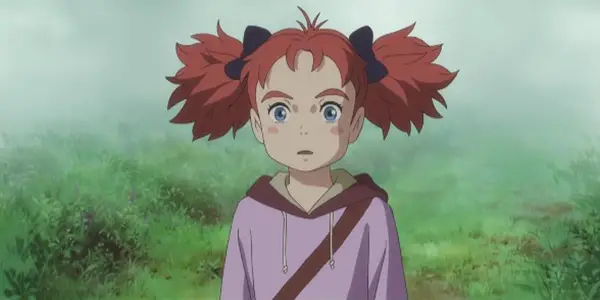
When Hollywood adapts Japanese source material and “whitewashes” it, most notably in the case of 2017’s Ghost in the Shell remake, there’s a furore in the west over Japanese characters being made white – and sheer bemusement over the controversy over in Japan, where they naturally assume characters would have their races changed anyway.
Mary and the Witch’s Flower supports this Japanese held belief; anime characters are never drawn with any particular race in mind, meaning a White English character can share the same visual characteristics as a character born and raised in Tokyo. This is all a side note to the quality of the film itself, of course, yet it’s interesting that a film that effectively refutes the possibility of whitewashing when making a live action anime is being released at this moment in time, when Wes Anderson’s Isle of Dogs has reignited the debate once again.
Mary And The Witch’s Flower: Conclusion
Mary and the Witch’s Flower feels truly timeless, an animated classic in waiting that will delight audiences both young and old. Hiromasa Yonebayashi has captured the very essence of Studio Ghibli for this first Studio Ponoc effort; but whereas Miyazaki and Takahata peppered their films with deeper political messages, his humble aim is to purely breathe new life into classic fairytales.
The result is a film every bit as emotionally engaging and downright wonderful as any Ghibli effort, and proof that Studio Ponoc may grow to become as universally beloved as the animation powerhouse that preceded it.
What are your thoughts on Mary and the Witch’s Flower?
Mary and The Witch’s Flower is released on DVD in the US on May 1st, before hitting UK cinemas on May 4th.
Does content like this matter to you?
Become a Member and support film journalism. Unlock access to all of Film Inquiry`s great articles. Join a community of like-minded readers who are passionate about cinema - get access to our private members Network, give back to independent filmmakers, and more.
Alistair is a 25 year old writer based in Cambridge. He has been writing about film since the start of 2014, and in addition to Film Inquiry, regularly contributes to Gay Essential and The Digital Fix, with additional bylines in Film Stories, the BFI and Vague Visages. Because of his work for Film Inquiry, he is a recognised member of GALECA, the Gay & Lesbian Entertainment Critics' Association.










